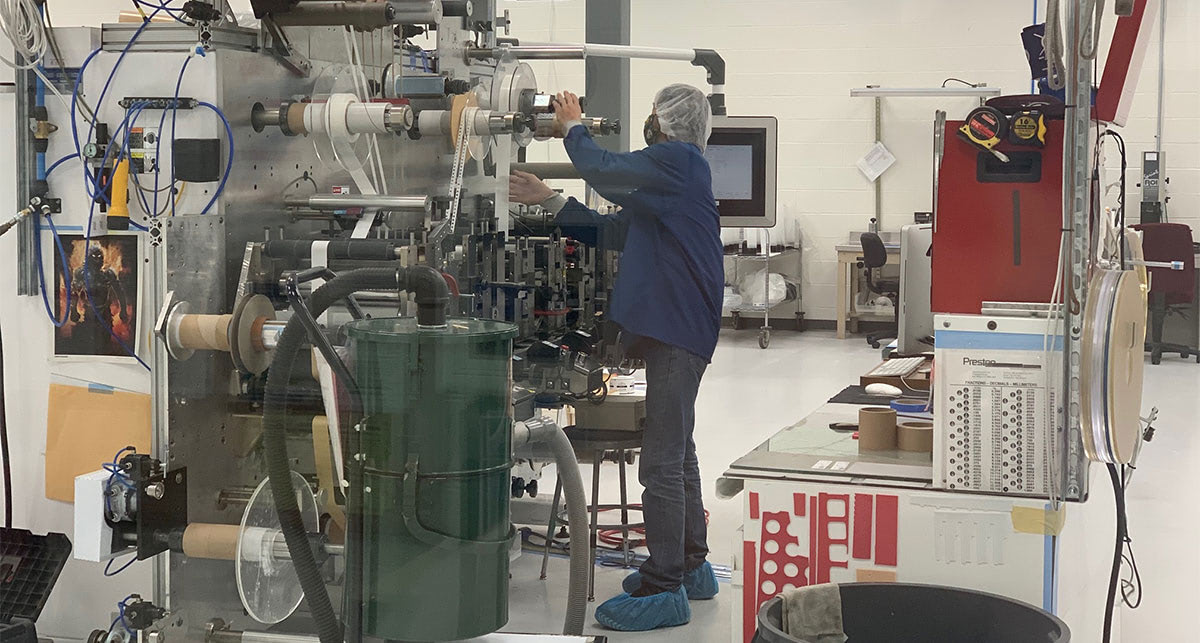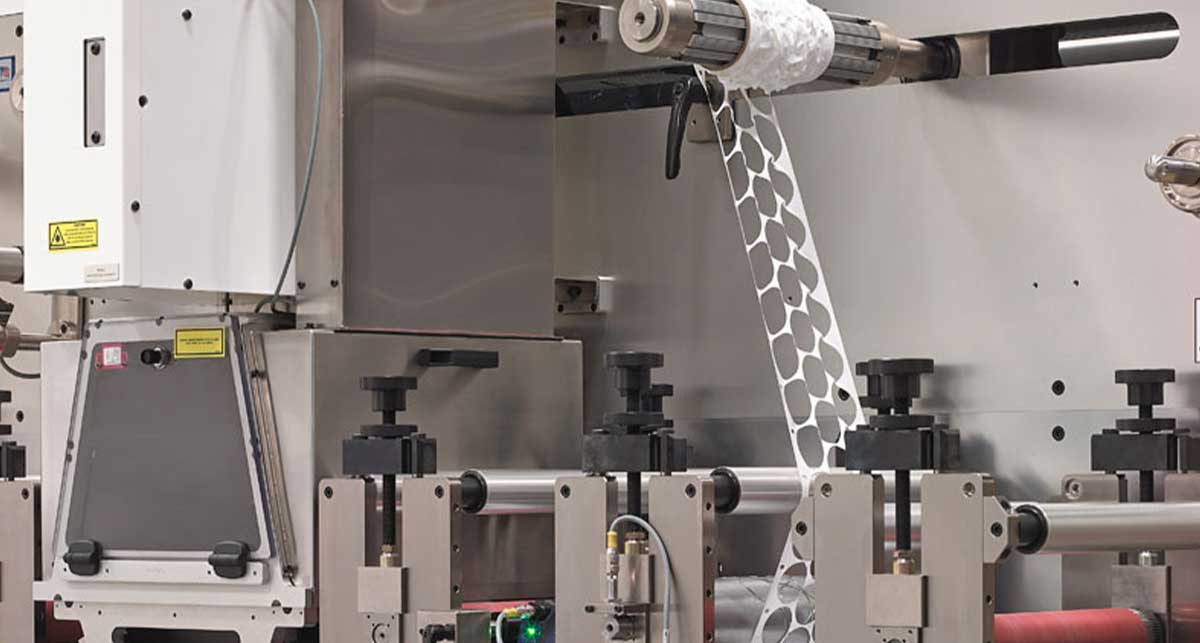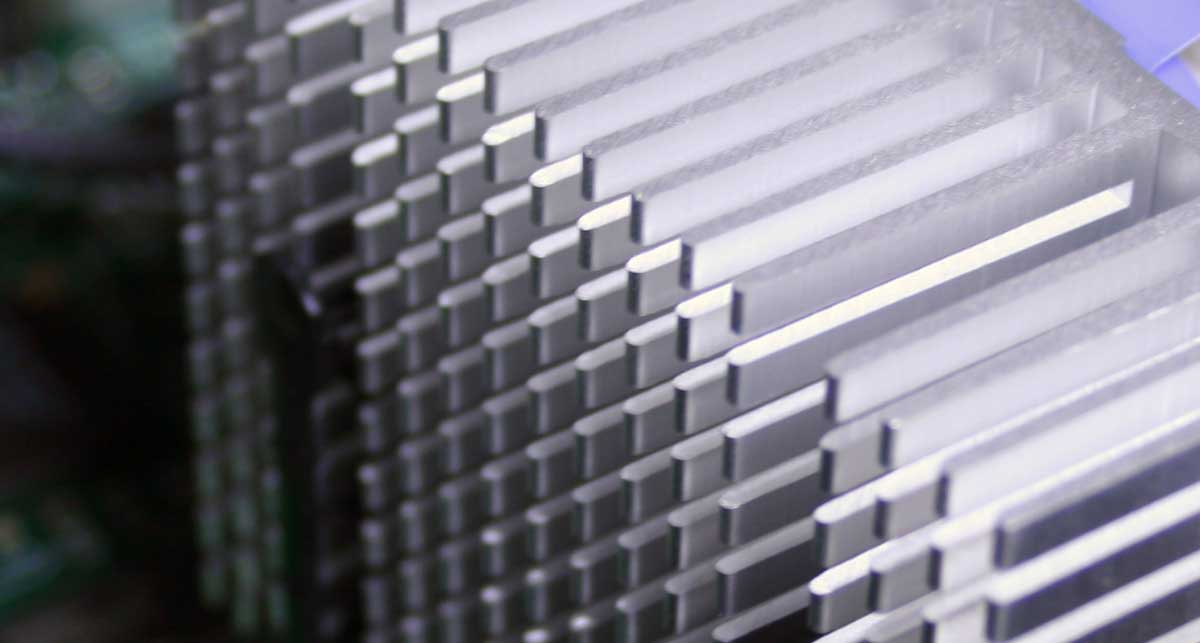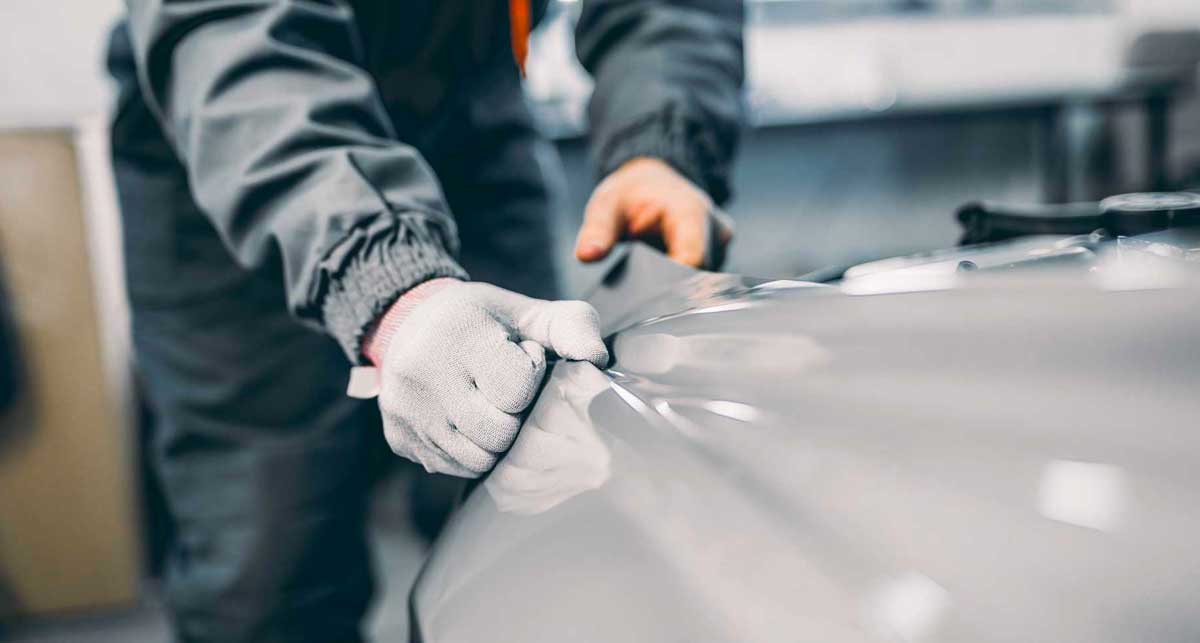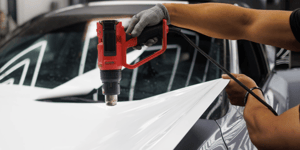Are you having trouble joining two surfaces? It might be time to evaluate a product like heat-activated adhesives.
Heat-activated adhesives are a type of adhesive applied to a tape backing that doesn’t bond at normal temperatures. Instead, they become sticky at specific temperatures, where the adhesive chemicals are activated and can form a bond. This specific feature makes them useful for certain hard-to-stick applications.
Over the past three decades, Strouse has helped build a versatile range of heat-activated adhesive products. In the right circumstances, these materials can determine a product’s functionality.
If you’re searching for the best bonding solution, keep reading as we explore the benefits and uses of heat-activated adhesives.
What Are Heat Activated Adhesives?
Heat-activated adhesive is a non-sticky adhesive that usually will not bond or adhere at average temperatures. Due to its design, this adhesive only begins to bond when heated to a precise temperature.
When activated by a heat source, the adhesive goes through two stages:
- Phase one occurs within seconds of the heat activation process. Bonding occurs between the two objects, and the adhesive tape cools after being heated.
- Phase two is carried out over the next few minutes. Once the adhesive has had a chance to cool down, the chemicals on the tape start crystallizing, significantly increasing the strength of the material bond.
Heat-activated adhesives are available in different configurations depending on the substrates you're bonding. A good heat-activated adhesive will bond surfaces to match your needs, whether plastic, metal, wood or another surface.
Adhesives like hot melt (a.k.a. heat activated glue) are a type of heat-activated adhesive that comes in a solid to be melted.
THERMOSET VS. THERMOPLASTIC MATERIALS
Thermoset and thermoplastic are both types of heat-activated materials that are used depending on the situation.
Thermoset materials are heated to the ideal temperature and permanently bond where they are.
Thermoplastic materials can be melted and set multiple times. If you’re hoping for a permanent bond, a thermoset is the way to go, but you’ll want to choose thermoplastic for a temporary application.
HEAT ACTIVATED ADHESIVE FILMS
Heat-activated adhesive films offer a lot of versatility in their design and application. They are industrial in scope and have grown extensively in popularity over the last few decades.
Adhesive films use thin layers of specially designed bonding agents attached to a backing material, giving the user a product that is equal parts easy to use and highly versatile. Of course, your project requirements will determine your material specifications.
Adhesive can be coated on one or both sides of the backings. In addition, different concentrations of the same adhesive might be used to treat backings, making them more or less appropriate for other tasks.
Manufacturers build adhesives in a variety of grades, so if you’re looking for an improved flammability rating and expecting more from your web grade, talk to your adhesive converter to see if there's a material out there for you.
The Benefits of Heat Activated Adhesives
Heat-activated film also brings a range of unique and valuable traits to the table, including:
- resistance to aging and weathering
- improved shock resistance
- extreme flexibility and elasticity under various conditions
- chemical resistance and stability in high temperatures
Heat-activated adhesive tapes are primarily known for their relatively high bonding strength. This strong bond is often used to bond tricky substrates that other chemicals don't work on.
They also feel completely dry before being heated—no tackiness or sticking to themselves—which makes it easy to work into cracks and crevices without hassle. The tape itself feels like paper and only becomes sticky under heated conditions.
Improved chemical resistance is a significant advantage of using heat-activated adhesive. The crosslinking reaction that occurs while the thermoset adhesives are curing makes for a far more robust bonding structure than you could find in pressure-sensitive or moisture films.
With a design that lends itself to induction curing and sealing, heat-activated tape is appropriate in high-pressure applications, shoring up leaks and curing surfaces quickly and easily.
What Are Some Heat Activated Adhesive Applications?
You can achieve excellent product results using a combination of specially designed tapes and heat-activated adhesives.
Gaskets, tight joints, and washing applications
Heat-activated tape is used extensively when you’re looking for a tight joint that will stay together under high pressure and high heat or allow you to wash the material multiple times. Gaskets and other elastomeric materials made of heat-activated adhesive are highly beneficial to automotive and industrial applications.
Repositionable applications
A permanent solvent acrylic adhesive that prioritizes heating has an extremely low initial tack. Because of this, you can properly reposition the substrates you're working with before applying heat. This makes heat-activated adhesive perfect for delicate printing, display mounting, and insulation.
Flexible and maneuverable applications
Heat-activated tape can also be worked into tight spacing, making it maneuverable and ready to be used in unpredictable places where problems might develop. This is a big selling point compared to pressure-sensitive tapes, which must be pressed into place and may stick to themselves.
With their high durability and weatherproof design, heat-activated tapes can bond to weather strip seals, making them a perfect addition to home repair toolkits and other sealing needs.
Lamination and heat sealing applications
Laminating, forming, and thermoplastic welding often use heat-activated tape. This is especially relevant to the textile industry, where heat-activated adhesives can combine with various fabrics to make high-performance composites.
HEAT ADHESIVE SUBSTRATES
Look to heat activation for work involving the following materials:
- Aluminum foil
- Polyurethane
- PVC
- Rubber
- Polypropylene
- Polyethylene
- Polyester
- Nylon
- Paper
- Ceramic
- Wood
- Fiber materials
Heat-activated adhesive is more robust than alternative adhesive and often works on surfaces other films aren't compatible with. Adhesion on these surfaces isn't usually an option, but heat films' added bonding strength and maneuverability give them a decisive edge.
Should I Choose a Heat Activated Adhesive?
When it comes down to choosing a suitable material, heat-activated adhesive is one of the most versatile, valuable options for joining substrates.
Yet, buying heat-activated adhesive for minor work, arts and crafts, and casual adhesion around the house might be like bringing a grenade to a fistfight. Purchasing custom heat-activated tape might be costly if you want a one-time solution. However, it may serve its purpose beautifully for large-scale production.
Testing a roll of material or a prototype will help you determine if heat-activated adhesive is the correct material for your needs.
If you're interested in heat-activated adhesive but still unsure whether it's the right choice, reach out for a custom sample so you can test how it functions in your intended application.
Not ready to make a decision, yet? You can check out some of the other expert blogs in our Learning Center to learn more about heat activation and other adhesive tape varieties.
Originally published: March 26, 2020
.jpeg?width=290&name=0%20(1).jpeg)
